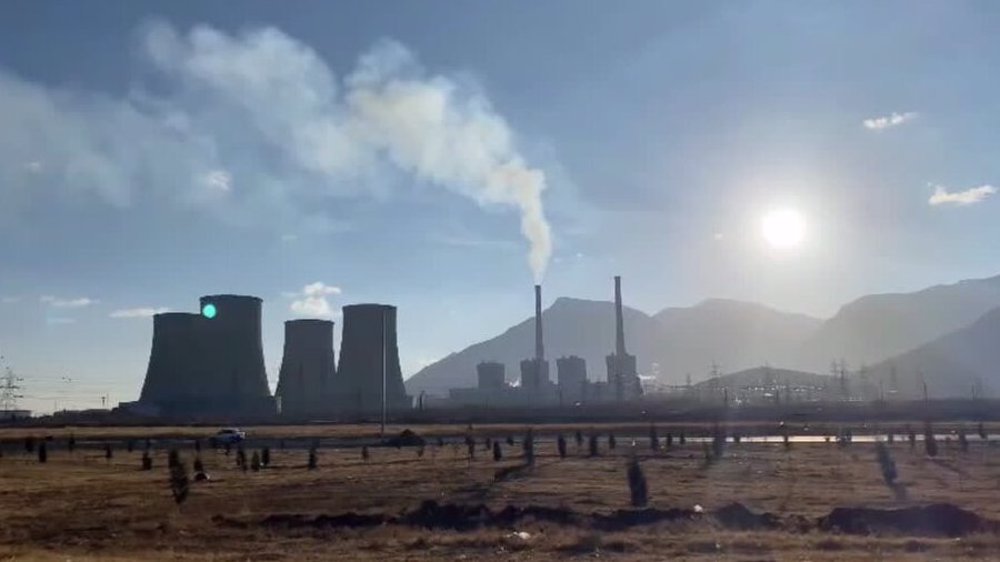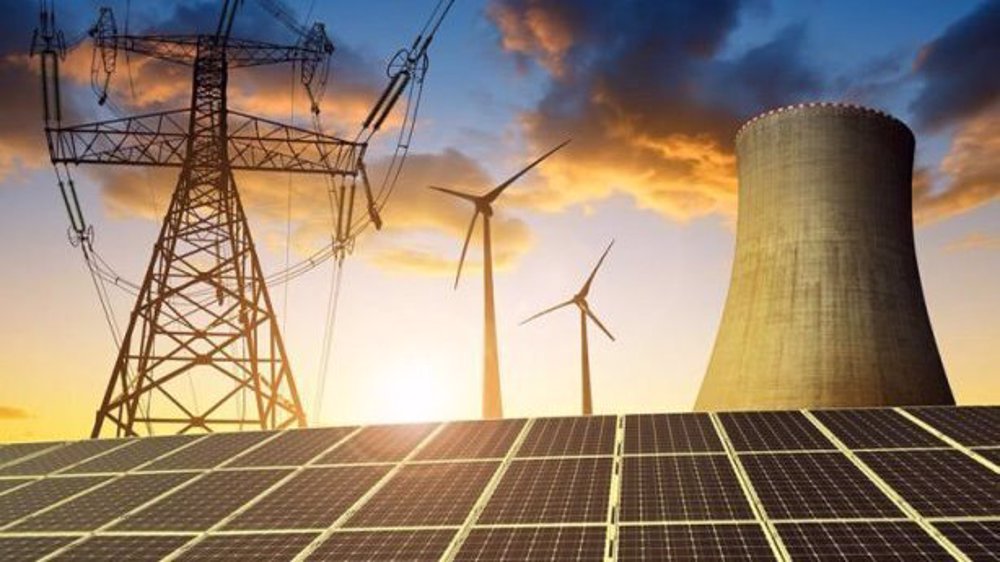Iran pitches huge gas reserves for Asia markets
Iran is pitching its massive gas sector for trade with Asia where it sees a better market for exports than Europe.
“Gas prices are more attractive in East Asia than in Europe,” Deputy Petroleum Minister for trade and international affairs Amir-Hossein Zamaninia has said.
The country hopes to eventually export natural gas to East Asia, including Japan, he told the Kyodo news agency in an interview on Sunday.
Zamaninia held the prospect of Iran and Japan forming a long-term partnership for the supply of Iranian LNG to the Asian country.
“Japan has a great potential of becoming a major partner for Iran in developing its gas industry,” he said.
The two countries have a chequered history of trade relations. They had to ditch a massive petrochemical project in 1991 as the Iraqi war of 1980-1988 under former dictator Saddam Hussein dragged on.
In 2010, Japan’s state-owned Inpex walked out of an agreement to develop Iran’s South Azadegan oilfield under US pressures.
Tokyo, however, was among the first countries to rush through a series of measures to lift sanctions on Iran before a nuclear agreement with Tehran went into effect.
In August, Japan sent its State Minister of Economy, Trade and Industry Daishiro Yamagiwa to Tehran with executives from major trading houses such as Mitsubishi Corp., Mitsui & Co. and Itochu, as well as plant-engineering giant JGC and major banks.
Tehran accounted for 10% of Japan’s oil imports before sanctions cut them to five percent. Japan wants to raise the purchases to the previous level.
“Given that Iran’s oil and natural gas reserves are one of the world’s biggest, there is a possibility that Iran will play a part if Japan seeks to diversify its supply sources,” Kyodo quoted a Japanese gas and oil industry source as saying Sunday.
Zamaninia said Japanese companies are interested in being re-engaged in the Iranian energy sector, especially in the gas sector, adding he thinks Japan’s current policy seems to be focusing less on crude oil.
With more than 34 trillion cubic meters under its belt, Iran owns the world’s largest natural gas reserves but its share of the global trade in gas is less than one percent.
According to an Iranian energy official, natural gas will be the main fuel in the next 20 to 30 years. Zamaninia said within two to three years, Iran will be a major supplier of gas to its neighbors.
Currently, Turkey is Iran’s biggest customer with 30 million cubic meters a day of imports under a 25-year deal signed before the West imposed sanctions on Tehran.
Iran seeks to raise gas production to 1.2 billion cubic meters (bcm) a day in five years, from 800 million cubic meters now. Annual output totals 166 bcm, which is mostly used at home.
The country exports 10 bcm of gas per year. To put it in perspective, Russia exports about 150 billion cubic meters of gas a year.
South Pars in southern Iran is the world's largest gas field which the country is developing in two dozen phases.
It provides feedstock for a number of petrochemical complexes in an area known the Pars Special Economic Energy Zone (PSEEZ) in Assaluyeh on the Persian Gulf coast.
Yoichi Yamamoto, adviser in charge of the Middle East at the Japan External Trade Organization in Tokyo, says petrochemical products, rather than natural gas itself, might be more attractive for Japanese companies for now.
“To transport gas across the sea, it is necessary to convert gas into liquefied natural gas and use special tankers, resulting in relatively large investment," he told Kyodo.
“If Japanese companies are to form joint ventures or invest funds in the PSEEZ, petrochemical products produced there would be attractive,” he said.
“They cannot sell all the products in Japan. If they could draw up a business model in which they will sell the products also to third-party countries, I think it would be possible for them to invest,” he added.
IRGC intelligence forces capture agent linked to foreign espionage service
VIDEO | Palestinians in Yarmouk Camp cling to hope and determination
Israel preparing to stay in southern Lebanon after ceasefire: Report
Israeli pressure on Hamas ‘hardly helped’; swap deal necessary: Ex-Mossad chief
Far-right Israeli minister Ben-Gvir again storms al-Aqsa Mosque
Iran: Israel’s attack on journalists’ vehicle in Gaza amounts to ‘war crime’
VIDEO | Israel’s war spending
Palestine Action wins again










 This makes it easy to access the Press TV website
This makes it easy to access the Press TV website